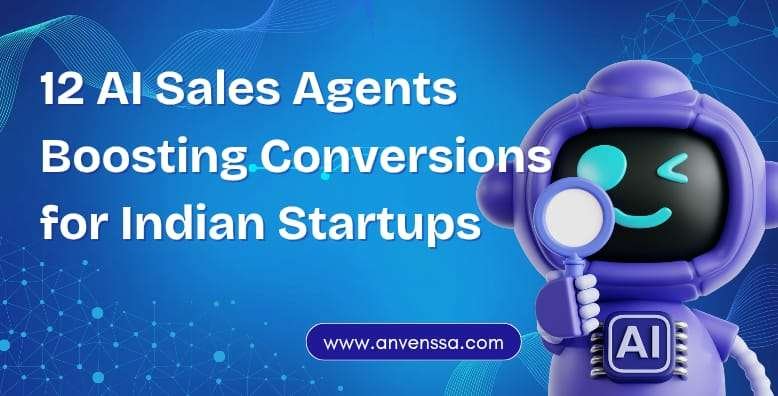The expectations of consumers have never been higher in a world that is becoming more and more digital. In addition to speed, convenience, and personalization, they anticipate sincere, sympathetic, and meaningful communication. One of the biggest challenges facing businesses today is striking the right balance between automation and human interaction. This is where customer experience AI can make a difference. When AI is used effectively, it will not only enable faster and better service delivery, but it will also assist human agents in producing more emotionally intelligent and memorable experiences. In this blog, we’ll discuss how AI is assisting us in considering future customer interactions while maintaining a human element.
What Is AI for Customer Experience?
AI for customer experience refers to experience management supported by artificial intelligence technologies, including but not limited to natural language processing (NLP), machine learning, predictive analytics, and chatbots. AI is becoming a force in driving and shaping more responsive and intelligent customer journeys, from personalized product recommendations to instant support through chatbots. But the intention is not to take humans out of the equation, but rather to amplify the abilities of both machines and people working in conjunction.
The primary ways AI improves the customer experience
1. Availability around-the-clock without fatigue
One of the major benefits of AI for customer experience is the ability to support customers at any time of day without human involvement. AI chatbots and virtual agents can answer frequently asked inquiries, initiate returns, or walk users through basic troubleshooting—without the need for a human.
This allows businesses to be responsive outside normal hours of operation or for customers to get answers immediately when it is most convenient. This also frees human agents for more complex or emotionally charged cases.
2. Personalization at scale
Customers want tailored experiences. AI promises to make it easier for businesses to sort through enormous amounts of customer data—like browsing behaviour, purchasing history, and engagement history—and harness it to create highly personalized experiences. These include product recommendations, timely email content, and even personalized greetings.
When implemented properly, AI for customer experience will allow businesses to treat every customer like a VIP even if they are responsible for millions of customers.
3. Predictive Support
AI can anticipate a customer’s needs before they even ask for them thanks to machine learning algorithms. For example, you can use AI to initiate help in advance, before the client has a chance to become irritated, if their recent behaviour indicates that they are having trouble with a software upgrade.
In addition to increasing customer pleasure, predictive AI reduces churn and support expenses.
4. Real-Time Sentiment Detection
AI systems can actually gauge customer mood or sentiment while interacting, based on what they are typing (or saying), typing speed, or voice tone (when using voice support). This provides businesses the opportunity to flag which customers are likely becoming frustrated and escalate these customers to human support faster than a human agent could manually.
AI for customer experience is not only automation, it is delivering emotional intelligence at scale, which is essential for sustaining a compassionate, customer-centered service experience.
Keeping the human touch in AI-driven interactions
There’s an obvious anxiety that AI is cold, mechanical and impersonal. While I understand that’s a real concern, it is only relevant if AI are poorly implemented.
Here are four ways you can keep the human touch with AI include:
✅ Mix Human with AI.
Have AI service lower value-added engagements but have customers always able to move engaging with a human. AI should serve as a first level of support, it should not serve as support.
✅ Make Chatbot Language Human-like.
Modern natural language processing models can respond in friendly conversational language. Take advantage of that. If you have a FAQ response, for example, make it feel friendly and natural and not stiff and scripted.
✅ Train AI on Customer Real Conversations.
The more your AI systems learn from real conversations and successful interactions with humans, the more they’re trained to share a tone and style your customers understand.
✅ Use AI to Support Teams, Not Replace Them.
The best uses of AI for customer experience, is when it makes your human agents better. For example, AI can provide suggested answers for the agent during chats, give them a summary of customer history or even alert the agent of a possible upsell opportunity. All of this provided suggestions preserves the final decision through the hands of the human.
Conclusion
The future of customer experience will not be AI or humans; it will be AI with humans. By marrying automation with empathy, personalization with privacy and speed with sensitivity, organizations can create an experience that is world-class in that it is perceived as both smart and human. AI is a standard now in customer experience; however, when deployed ethically and in responsibility, AI will be a competitive advantage providing a seamless mix of scalable support and genuine human interaction.






